This discussion and review contains spoilers for Star Trek: Strange New Worlds episode 9, “All Those Who Wander.”
If “Lift Us Where Suffering Cannot Reach” was Strange New Worlds riffing on “The Ones Who Walk Away from Omelas,” then “All Those Who Wander” offers a Strange New Worlds spin on another classic of 1970s science fiction: Alien.
It is tempting to ask what it means for a Star Trek show to attempt to adapt Alien. After all, the Alien franchise is one of the most bracingly nihilistic franchises in modern pop culture. In contrast, the Star Trek franchise has positioned itself as a humanist and utopian future. There’s a fascinating conflict there between these two fictional universes, and there is perhaps some fun to be had in trying to reconcile them, as “A Matter of Time” and “Future Tense” did by evoking Doctor Who.
As in Alien, the Enterprise is diverted from a routine resupply mission to investigate a crashed ship in distress. As in Alien, the crew discovers that the ship has been victim to an infestation from a hostile organism that gestates inside its hosts. As in Alien, Hemmer (Bruce Horak) discovers that the aliens secrete a corrosive fluid that “burns quite tremendously.” As in both Alien and Aliens, a non-human member of the crew, in this case Spock (Ethan Peck), finds the creatures “impressive.”
There are even more direct parallels. As in Aliens, the rescue team discovers that a small child (Emma Ho) has survived the infestation but cannot stop talking about “the monsters.” This child becomes a surrogate for members of the away team who have lost family members, with M’Benga (Babs Olusanmokun) even confusing Oriana for his “daughter” and Noonien-Singh (Christina Chong) making it her mission to reunite Oriana with her family after they escape the planet.
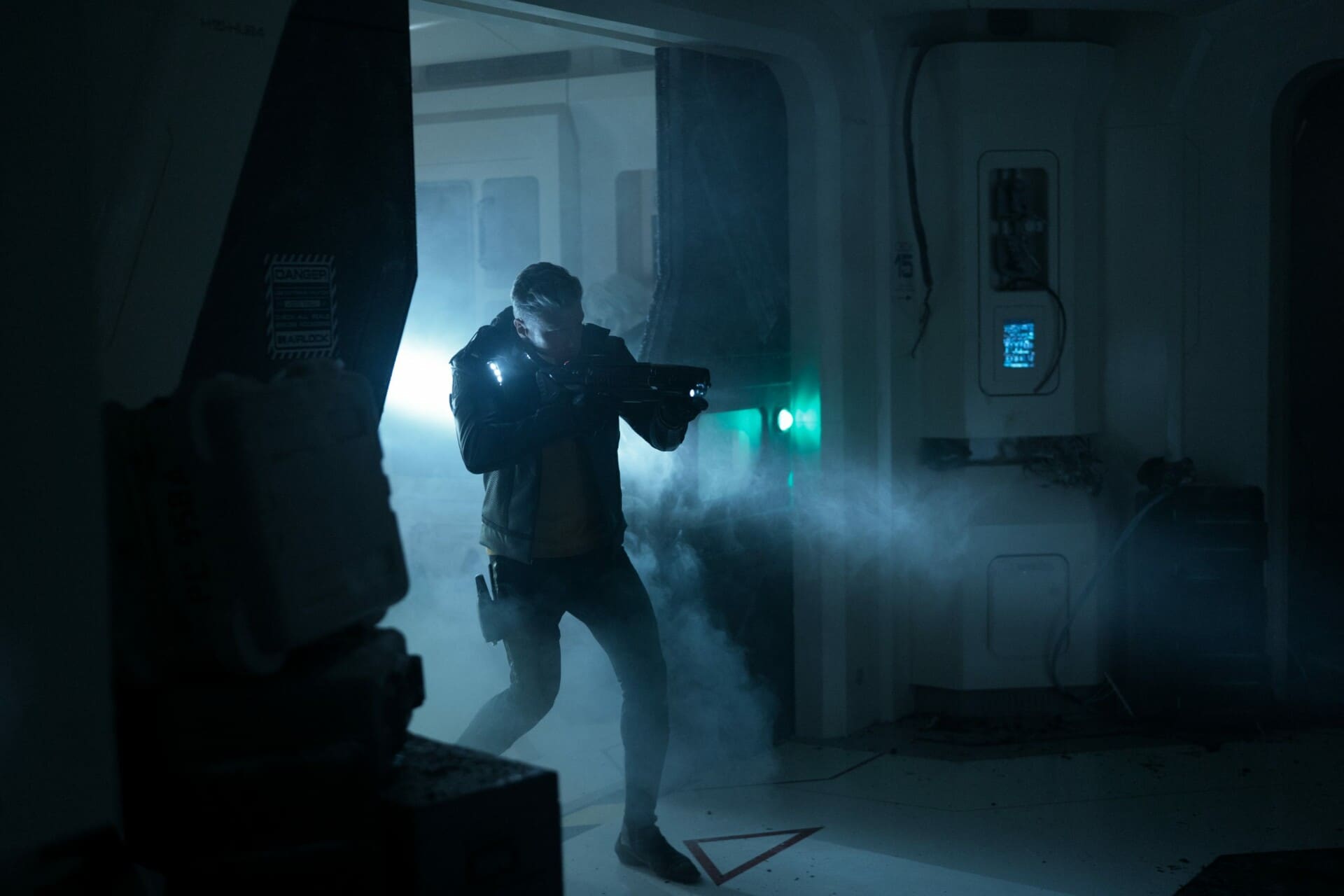
There is a potential tension in throwing Star Trek into conflict with Alien. What does it mean to watch these utopian and humanist characters thrown into existential conflict with the literal manifestation of the universe’s bleak nihilism? This should feel like a crucible for the characters. This should explore Quark’s (Armin Shimerman) argument in “The Siege of AR-558” that under the right circumstances humans can become “as nasty and as violent as the most bloodthirsty Klingon.”
As in “Memento Mori” earlier in the season, “All Those Who Wander” reduces the Gorn to horrific monsters. At various points in the episode, it is made clear that Noonien-Singh cares more about hurting the Gorn than protecting the crew. “There’s nothing I’d rather be doing than fighting back against the Gorn,” she remarks at one point. After freezing the last Gorn on the ship, Noonien-Singh smashes the frozen and defeated enemy into shards.
There is something disconcerting in all of this. The audience already knows how the Gorn story ends. In “Arena,” James Kirk (William Shatner) fights against a seemingly monstrous Gorn, but refuses to murder it after he has defeated it. Kirk’s ability to rise above his anger, to recognize the personhood of even a bestial foe, is a triumph of the franchise’s humanism. In contrast, “Memento Mori” and “All Those Who Wander” ask the audience to join in Noonien-Singh’s bloodlust.
Even the Star Trek episodes to which this is most directly comparable — stories like “The Ship” or “Rocks and Shoals” — go out of their way in their endings to humanize enemies like Kilana (Kaitlin Hopkins) or Remata’Klan (Phil Morris) while emphasizing tensions within the crew. Comparable stories like “Valiant” are similarly wary of embracing po-faced militarism, with “Empok Nor” hinging on Chief O’Brien’s (Colm Meaney) assertion that he is no longer a soldier, but an engineer.
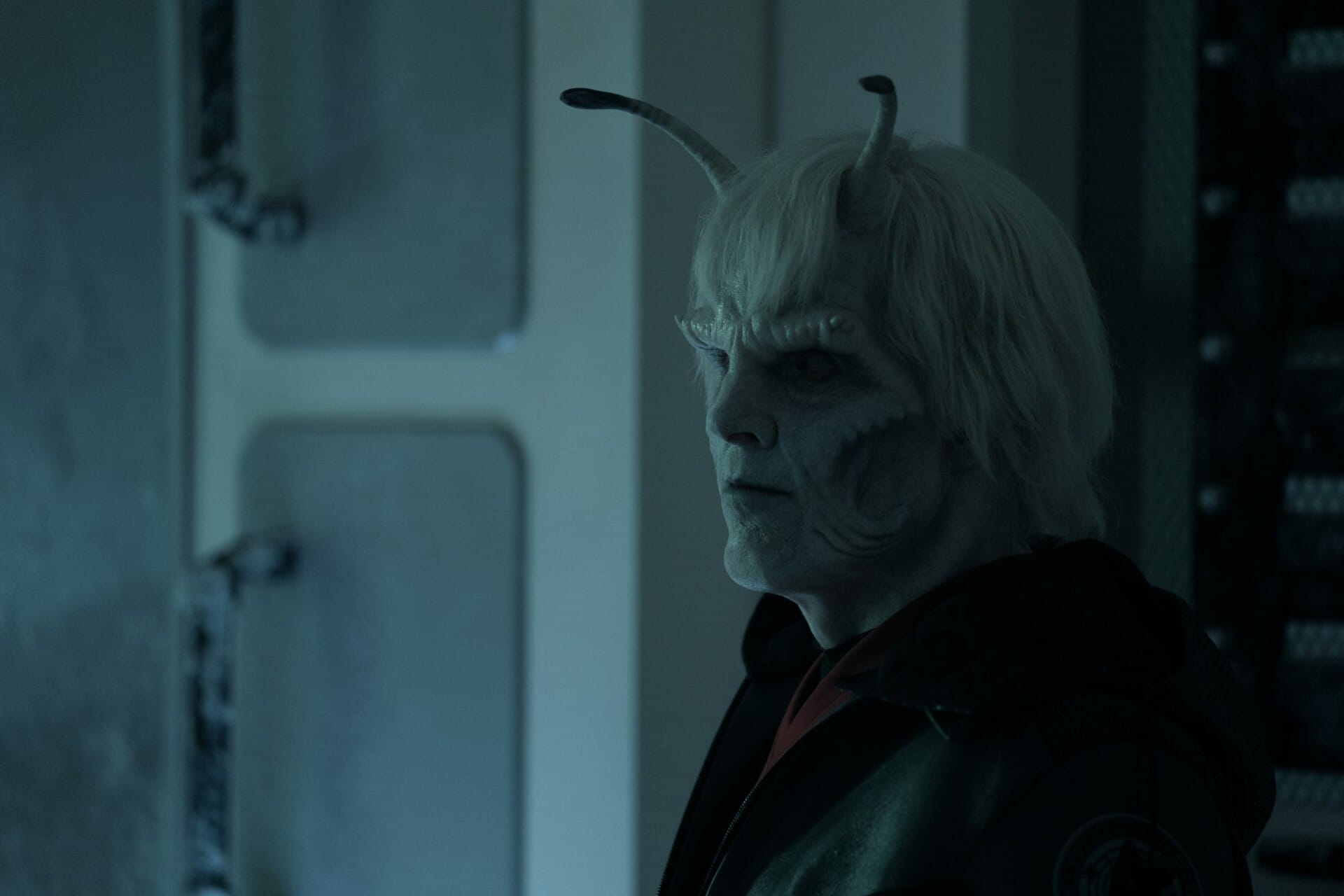
In contrast, there’s a strange xenophobic vibe to “All Those Who Wander.” Notably, the episode kills off Hemmer (Bruce Horak), the only member of the primary cast who cannot at least pass for a human — Number One (Rebecca Romijn) looks human and Spock is half-human. Frustratingly, two weeks after “The Serene Squall” suggested that Spock didn’t need to pick a binary identity, “All Those Who Wander” ends with Chapel (Jess Bush) asserting that Spock’s anger “makes (him) human.”
Hemmer’s death is particularly frustrating. “Losing Hemmer, it hurts,” Uhura states in the closing scenes. However, Strange New Worlds never really gave any space to develop Hemmer. He never got a character-centric episode. Discounting his silent cameo at the end of the season premiere, Hemmer appeared in only half of the season’s 10 episodes. He was less developed than even Tasha Yar (Denise Crosby) on The Next Generation when she was killed off in that first season.
Hemmer feels largely inessential to his own final episode. He is hit with Gorn venom quite early in the episode, but his transformation only comes into play during his final scene. There is no indication that he is changing before that, so the tragedy never has a chance to build across the episode. “All Those Who Wander” would largely be the same episode if Hemmer were never infected, or if he were put in stasis until the eggs could be removed. Why isn’t Hemmer the episode’s central character?
In Star Trek VI: The Undiscovered Country, the soon-to-be Klingon High Chancellor Azetbur (Rosana DeSoto) argued that the Federation was “no more than a Homo sapiens-only club.” Sadly, “All Those Who Wander” offers little evidence to the contrary. As with a lot of modern Star Trek, there’s a strong fetishization of Starfleet and the Federation as objects worth celebrating in and of themselves, with little interrogation of what that actually means and why they should be celebrated.
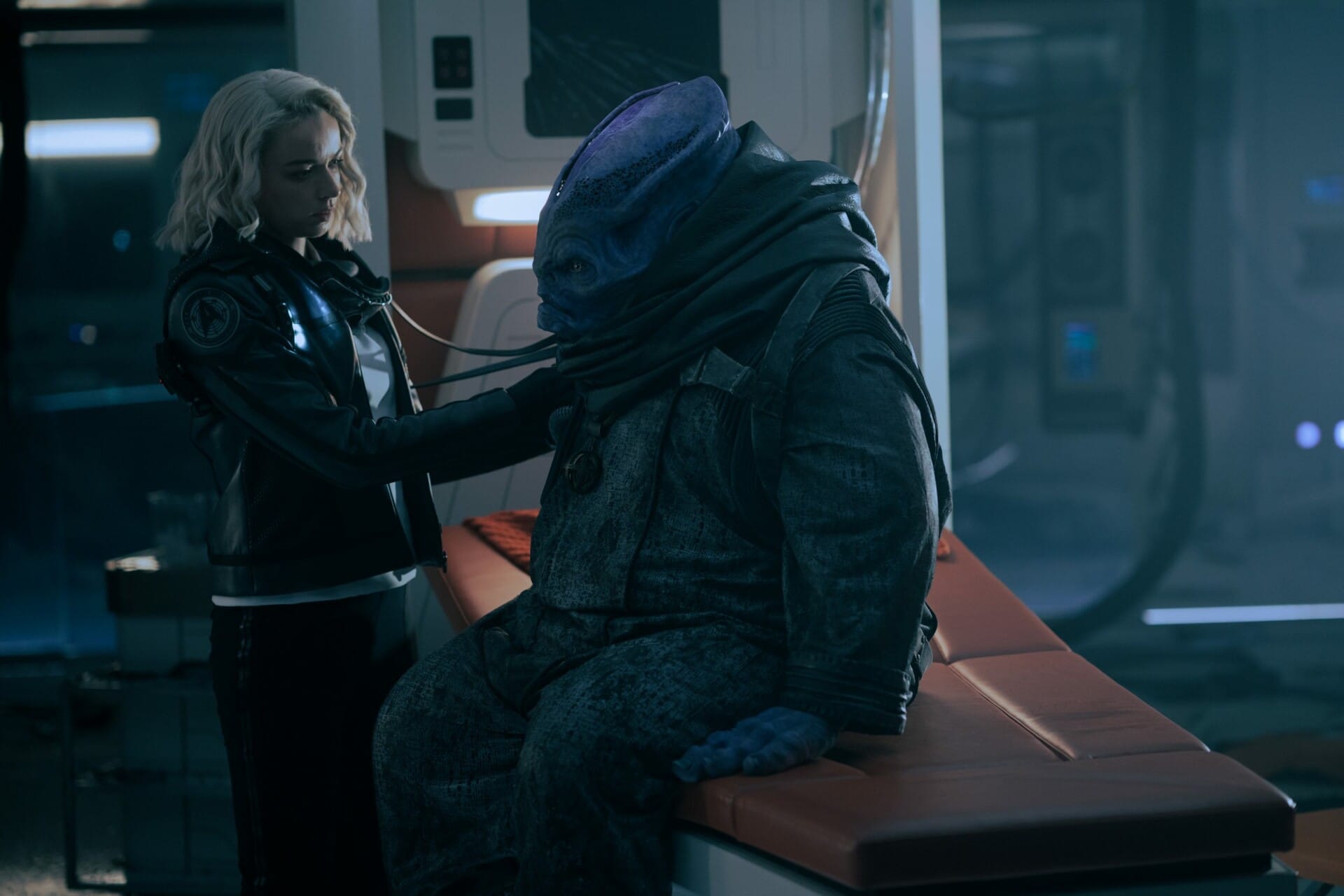
In her opening log, Uhura (Celia Rose Gooding) notes that her colleagues were always drawn to Starfleet, “They all know why they belong in Starfleet. For them, Starfleet has always been the destination.” She continues, “Serving aboard Enterprise is an affirmation of this entire crew’s hopes and dreams.” Pike (Anson Mount) tells the rotating cadets and the gathered crew, “We are bonded now and forever by the family that is Starfleet.” There is something vaguely cultish in this.
This isn’t a new problem. During the early seasons of The Next Generation, in episodes like “Lonely Among Us” or “The Neutral Zone,” Star Trek could often feel like propaganda for itself, as characters like Picard (Patrick Stewart) or Riker (Jonathan Frakes) talked about how inherently superior mankind was to the various aliens or relics of older civilization that they found. Modern Star Trek has re-embraced this philosophy, to the point of turning “we are Starfleet” into something of a mantra.
This feels like a distillation of Strange New Worlds as a television show. “Strange New Worlds” was an episode that seemed to suggest that uncritical Star Trek fandom was the only way to fight off the apocalypse. Episodes like “Lift Us Where Suffering Cannot Reach” and “The Serene Squall” felt built around a vague and fading memory of the structures and rhythms of earlier Star Trek rather than any meaningful engagement with the franchise’s history or internal logic.
During the Berman era, Star Trek gradually outgrew this very insular view of the future. It is interesting, for example, to compare the dinners that Pike hosts in Strange New Worlds to those that Sisko (Avery Brooks) hosted on Deep Space Nine. Sisko’s dinners were a genuine melting pot, bringing together Starfleet officers with Bajoran militia members like Kira (Nana Visitor), unaffiliated law enforcement like Odo (René Auberjonois), and civilians like Jake Sisko (Cirroc Lofton).
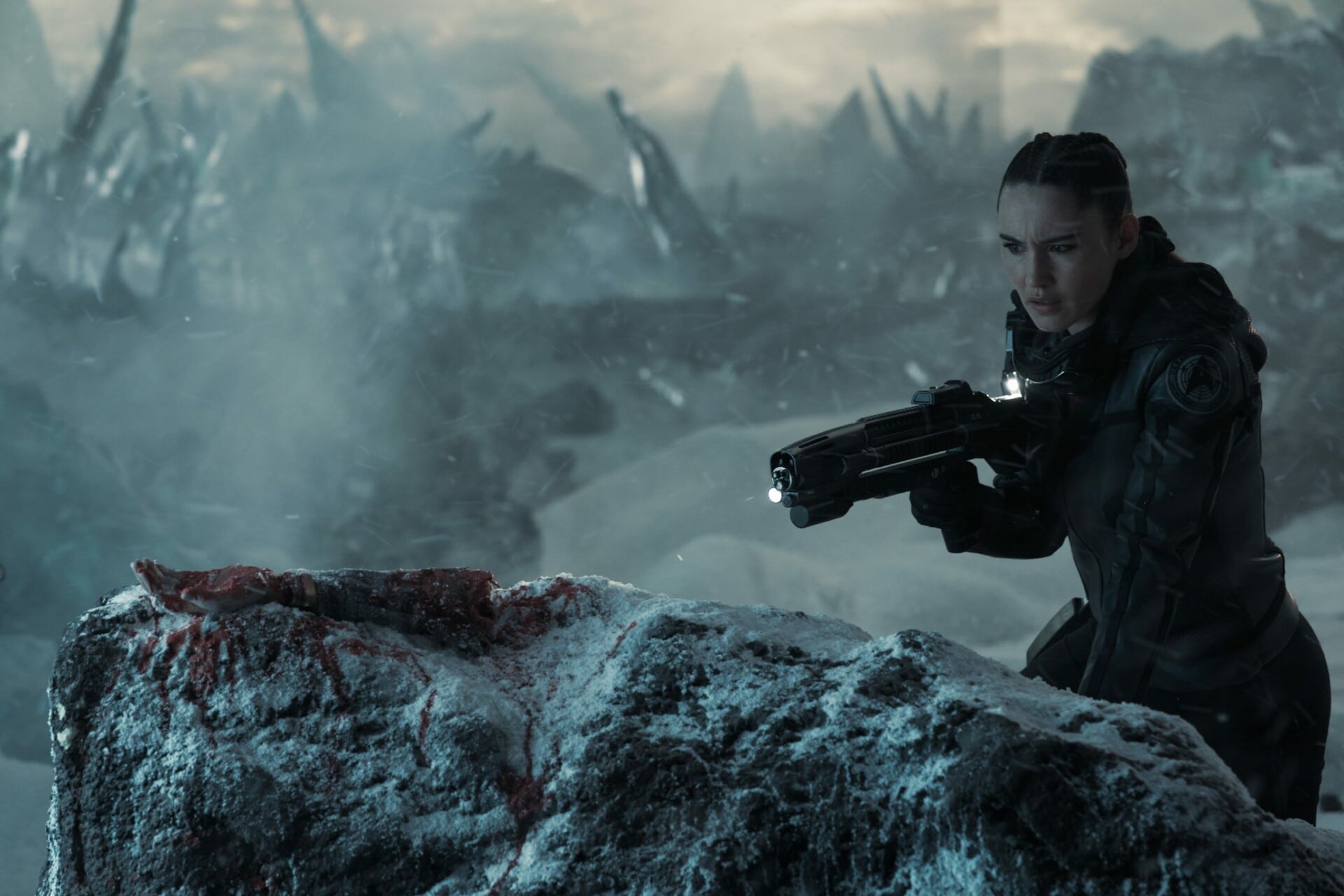
In contrast, Pike’s dinners feel more insular. There are no truly diverse viewpoints. When Uhura arrives at dinner unsure about whether she wants to remain in Starfleet, that isn’t a perspective that is worth considering. “Still haven’t decided to stay?” Pike rather directly asks at one point, a loaded question from a superior officer that implies there is only one right choice for Uhura. “All Those Who Wander” cannot conceive of life beyond Starfleet. Even Noonien-Singh’s return is assured.
There is something very frustrating about this, particularly given the nuance implied by earlier episodes like “Ghosts of Illyria” and “Spock Amok.” Notably, “All Those Who Wander” opens with a reference to station K-7 from “The Trouble with Tribbles” — one of the episodes that somewhat punctured the self-important image of Starfleet and of the Cold War in general by reducing the Enterprise crew to posturing buffoons in the face of the Klingons.
“All Those Who Wander” lacks that introspection. For all that the eponymous monster is an unstoppable killing machine, the Alien franchise is frequently wary of the human organizations that come into contact with the creature. There is a solid argument to be made that Weyland-Yutani is the real villain of Alien and Aliens and that any attempt to homage Alien by reducing it to a simple creature feature misses a large part of the franchise’s appeal.
In contrast, “All Those Who Wander” embraces a weirdly jingoistic and militaristic view of Starfleet as a largely human-led organization that fights aliens in the darkness. “All Those Who Wander” might not be Alien after all; it could just be an unironic Starship Troopers.

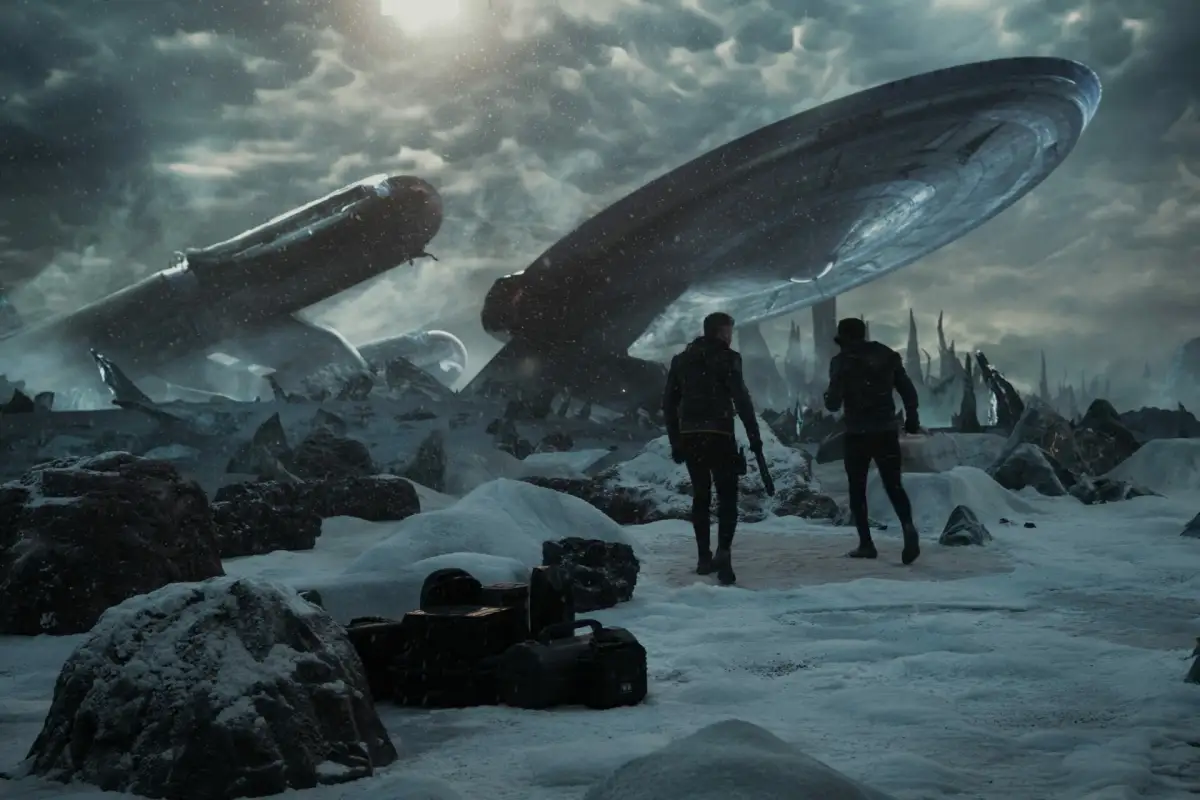









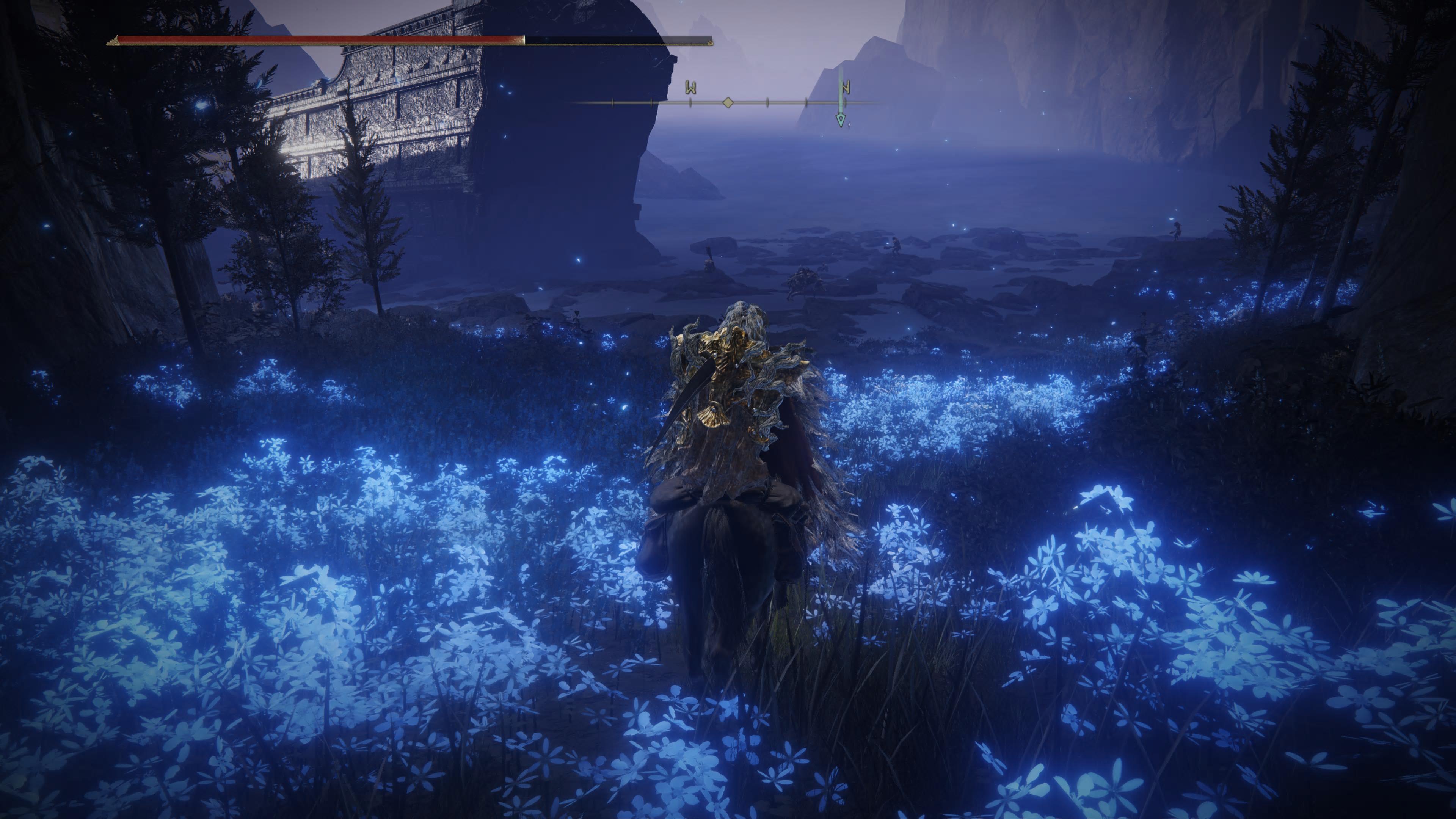
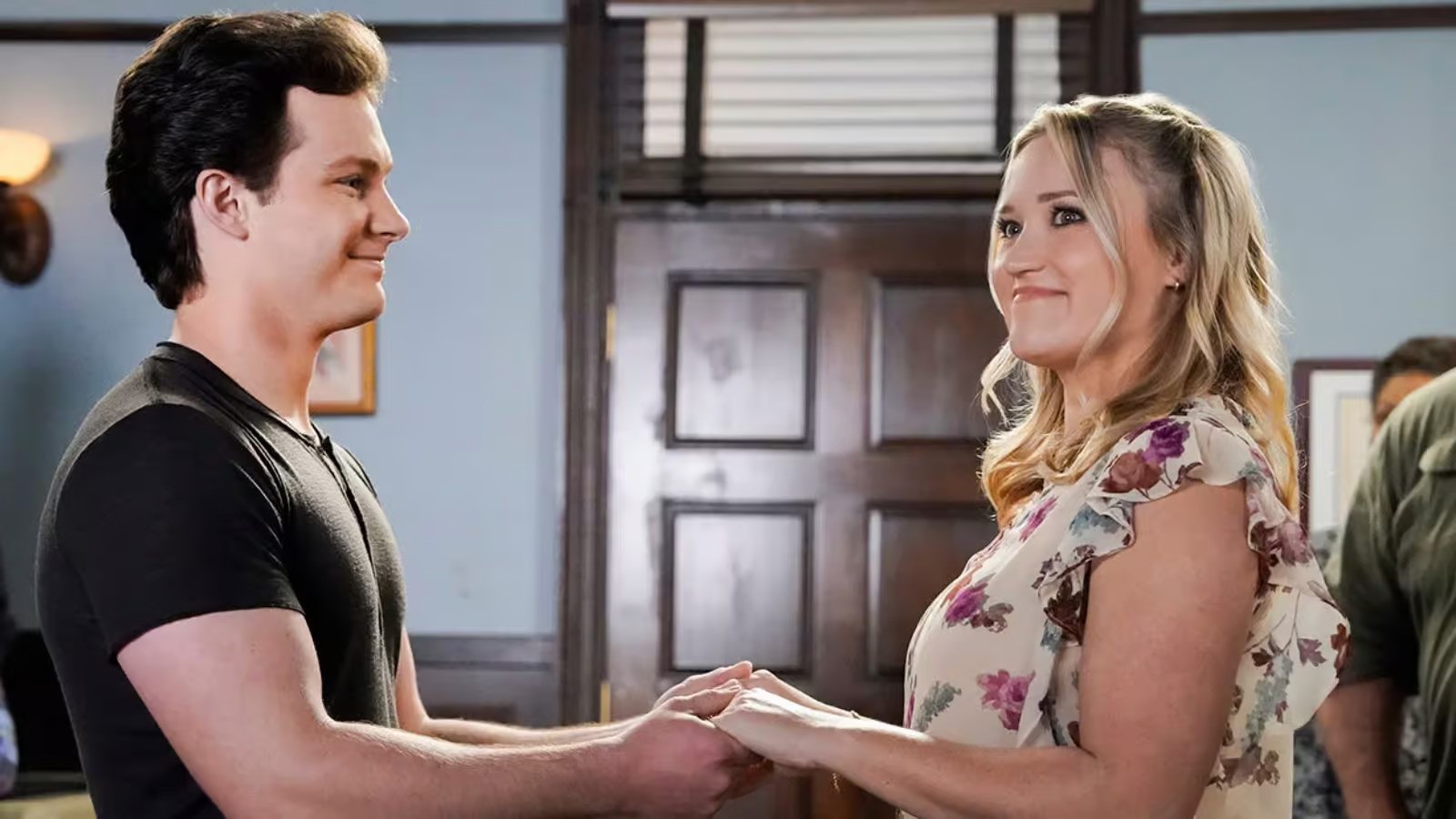
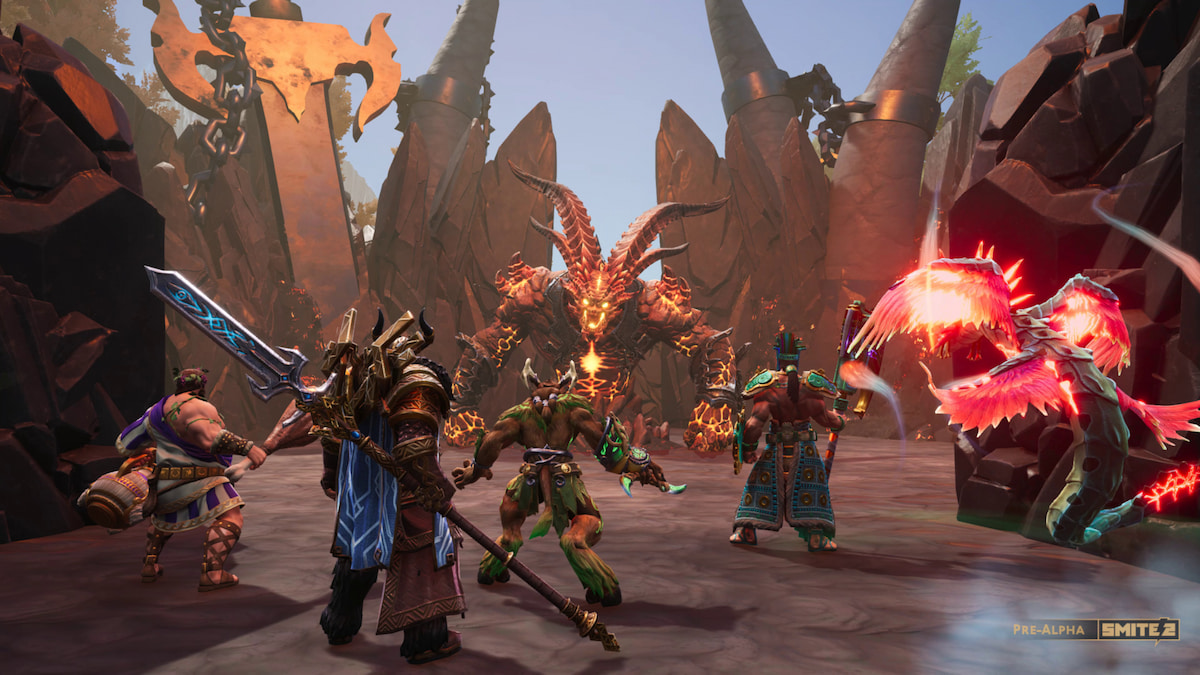
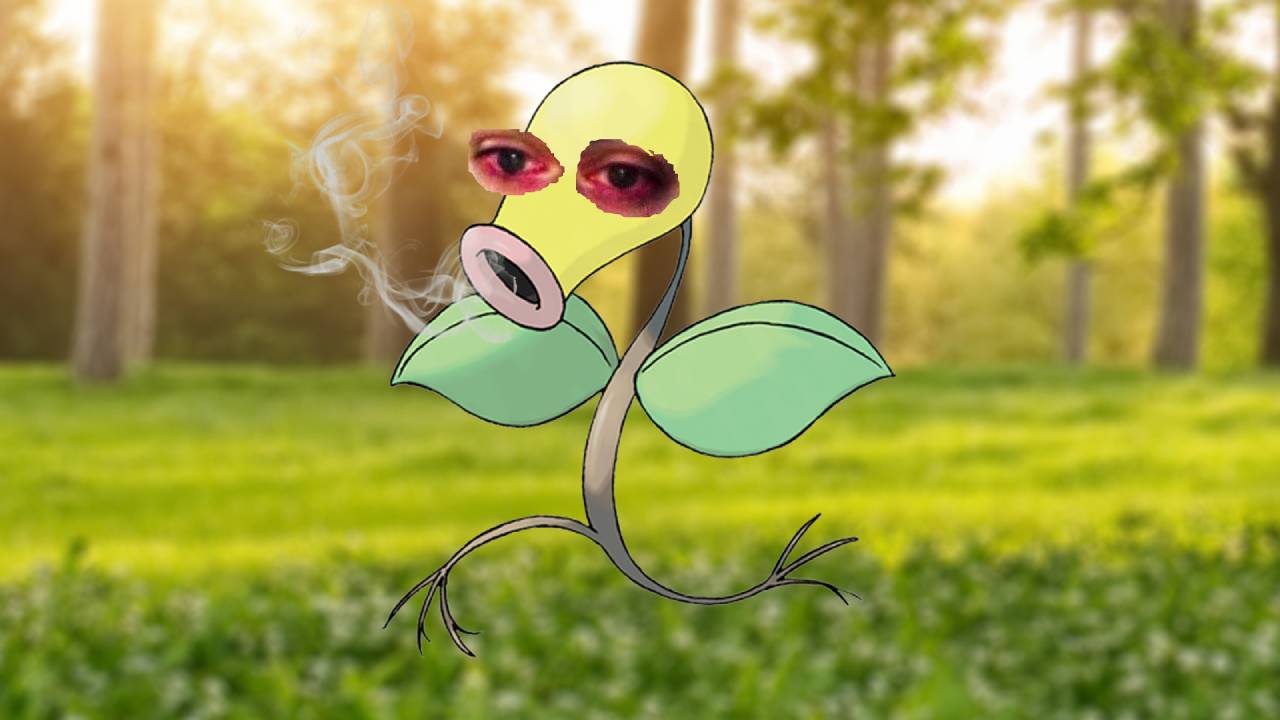




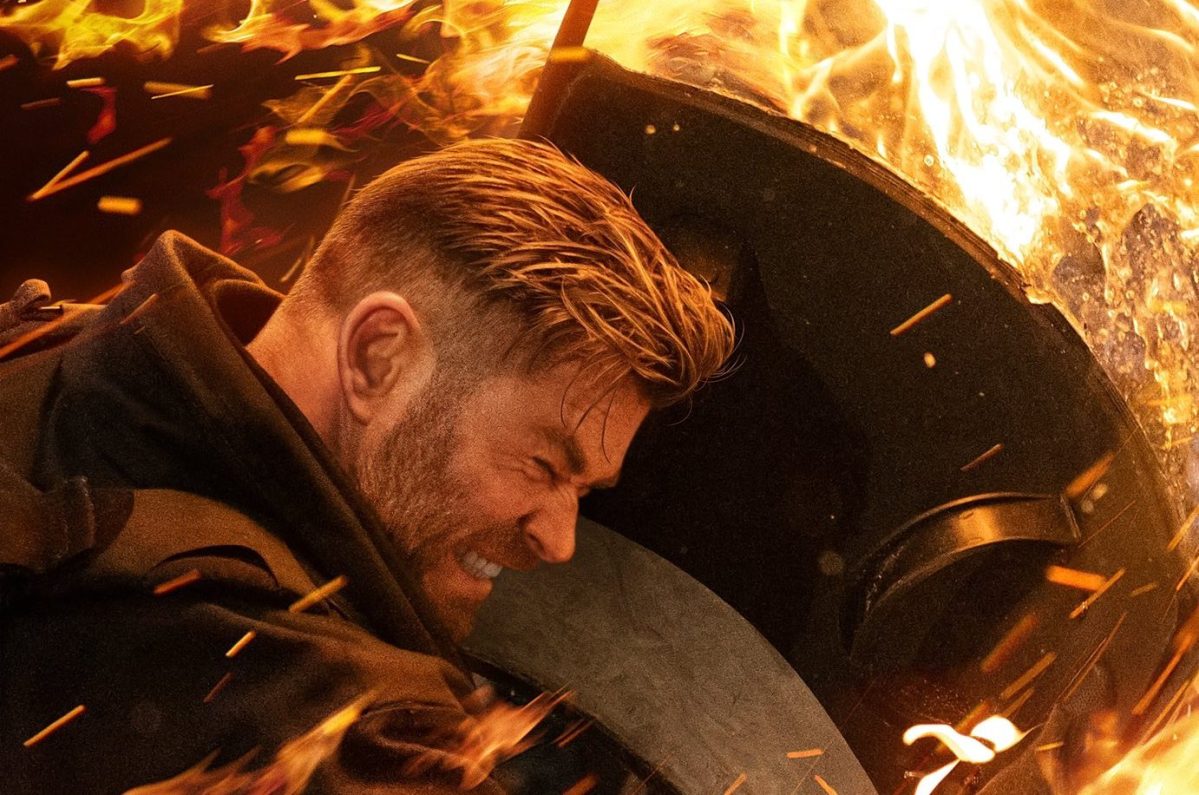


Published: Jun 30, 2022 3:00 PM UTC